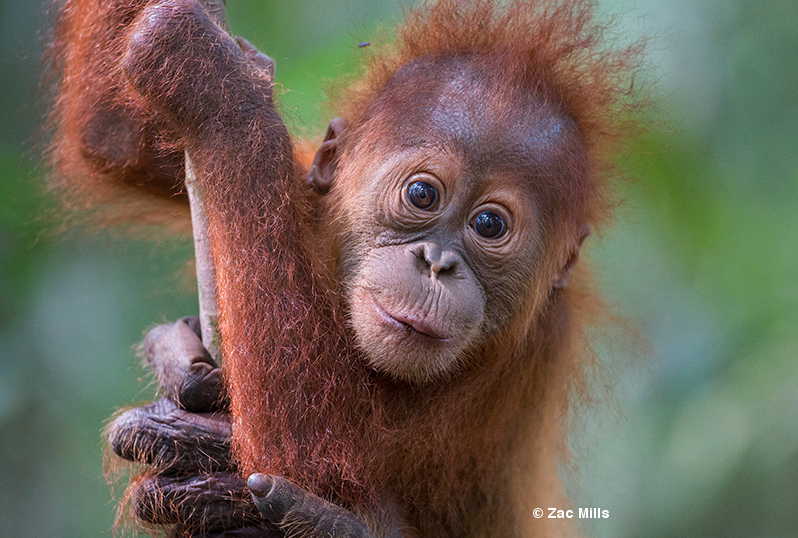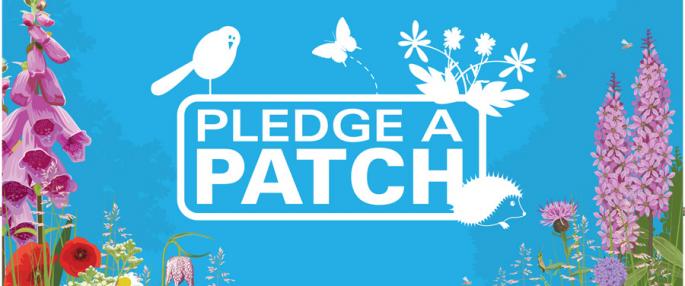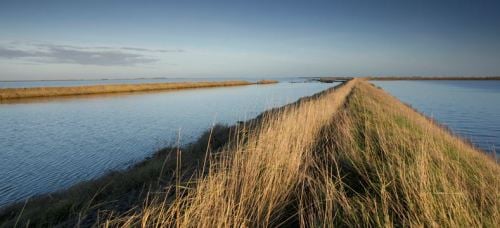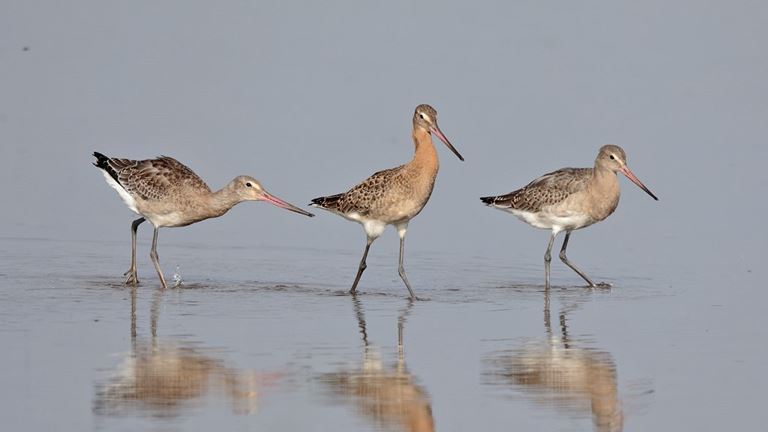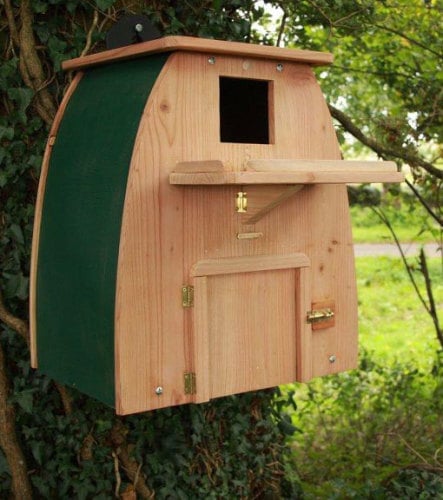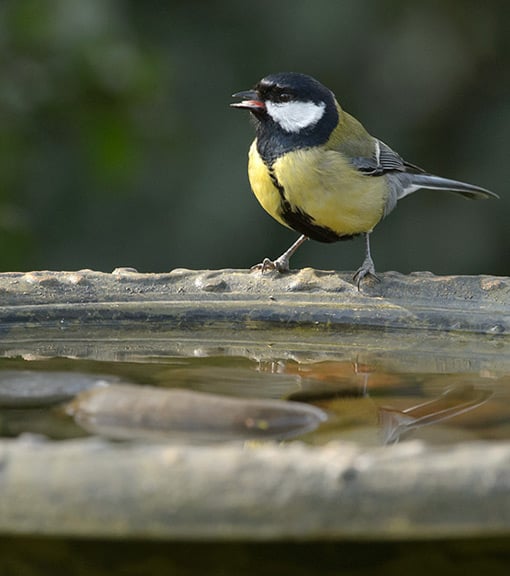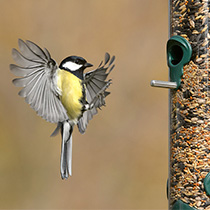Help orangutans with this appeal to buy and restore a rainforest
Posted on
|
Have you seen the Orangutan Jungle School on Channel 4? It’s been amazing television to my mind and hopefully it will help raise awareness of the danger we are in of losing orangutans. One of the things that I’ve noticed about wildlife programmes recently is that quite a few of them have said wildlife are in the state they are in because of human activities such as deforestation, climate change, loss of habitat, pollution and so on. But they’ve also given hope – that there is something we can do to turn this around. So today I was very pleased to see in my inbox an appeal from the Sumatran Orangutan Society who are actually based in the beautiful county of Oxfordshire in the UK. We all have the opportunity to contribute to a new forest home for Orangutans!
The Sumatran Orangutan Society has an amazing opportunity to replant an Indonesian jungle, because a palm oil plantation there is up for sale. If the Society can buy it, they can restore the rainforest – and not just for orangutans! Tigers, elephants and many, many species will benefit! But – as usual these things are time sensitive. There are just a few weeks available to make this happen and secure the land. The Oxfordshire based charity is working with a local organization called Yayasan Orangutan Sumatera Lestari – YOSL for short. The aim is to buy and restore the 890 acre site to its natural glory. Out with the oil palms, and in with replanting the forest to encourage wildlife to return. This is all the more important because it will extend their habitat from the national park next door. YOSL have a really good track record, working with local communities to bring forests back to life. So far, they have planted over 1.6 million trees in several other restoration sites in the area. The great news is that orangutans, elephants and sun bears are coming back to these areas. So it works! Now, as I said, there are just a few weeks to get this done. By 9 September 2018, the first installment must be raised to secure the land. The alternative is that the land continue to be a plantation. There’s more information on how this plantation will be bought, restored and managed with a number of FAQs here. The target is £ 870,000 – find out how it’s doing today and see if you’ll be willing to contribute to actively making a difference to wildlife. Every penny or cent counts, whatever you can donate. The more hands to the deck, the better. Donate to this appeal hereI’ve made a donation to this appeal in memory of my father, who died five years ago this August bank holiday weekend. I still miss him every single day. He loved making a difference and would rather we go out and do something to better the world than sit and mope. Planting trees or making a donation like this is one way I can feel his love sprinkled around the world and know I’m doing just that! If you’re looking for a present for an orangutan lover, you could also buy a t-shirt from the Orangutan shop – I’ve bought a t-shirt myself and am really pleased with the quality and feel of it :-) |
